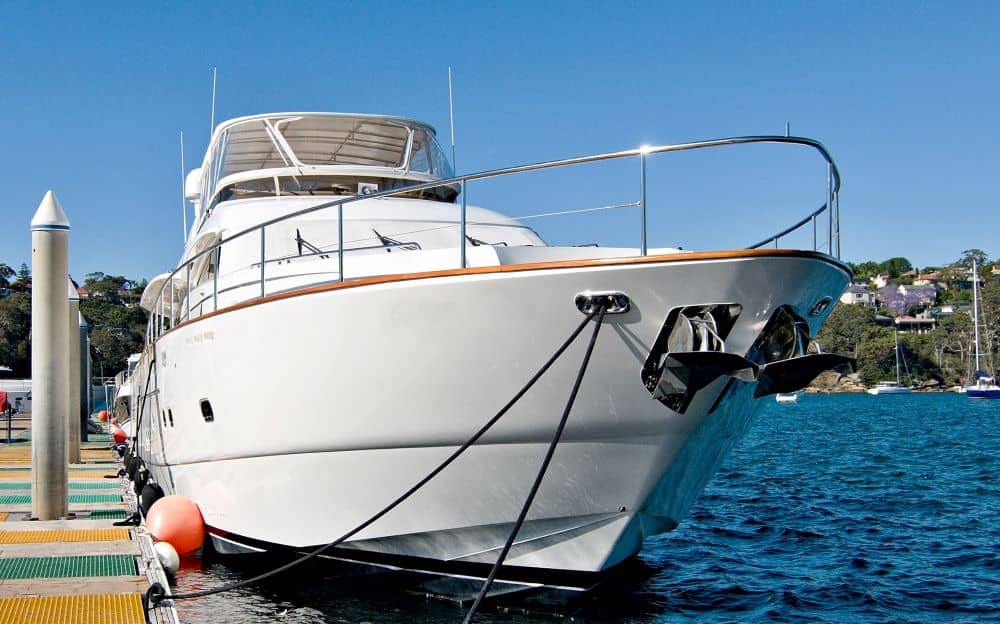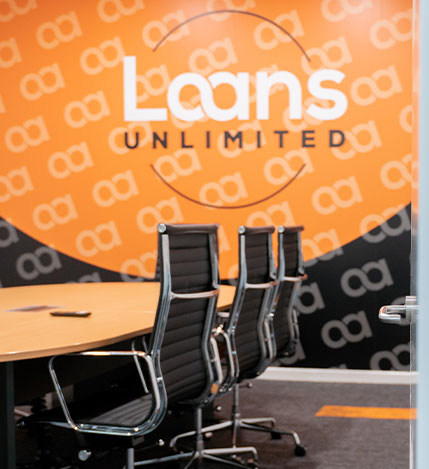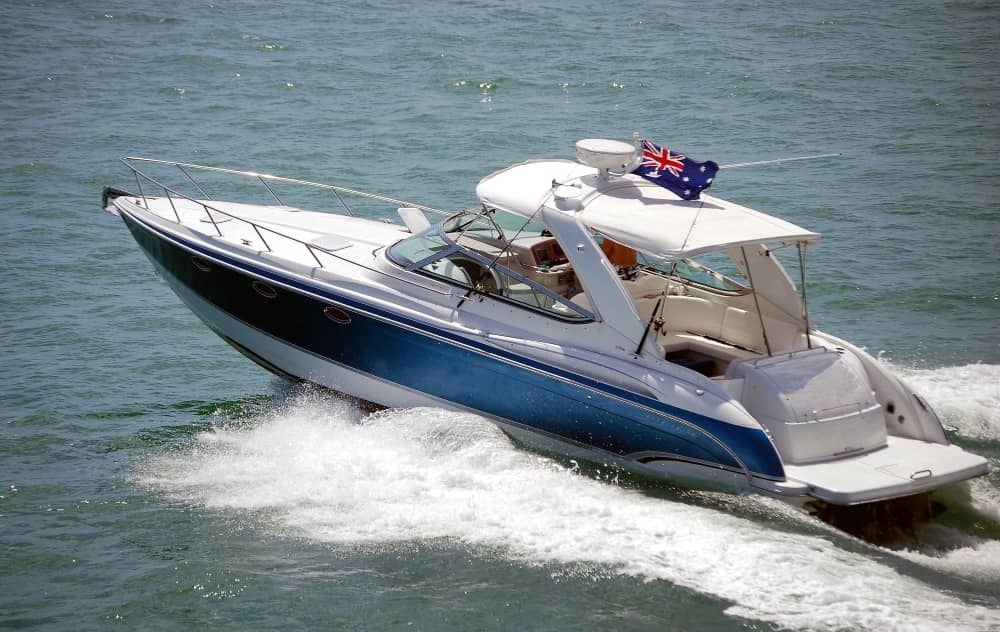Many retirement goals involve carefree adventures on a boat. But that doesn’t mean you have to wait until then to start living the dream. If you’re ready to buy your first boat and jump into the boating lifestyle, this guide is for you.
Questions to Answer
First things first: why do you want to buy a boat? Knowing the answer can help narrow down your options and your budget, as well. Many people own a boat for leisure, whilst others want a boat for fishing. Some prefer to have a boat to offer charters so they can create a new revenue stream and earn money. Have a clear objective, as it will allow you to determine everything else along the way.
With your purpose defined, you can figure out the type of boat you need. You have plenty of options, from a powerboat that lets you traverse through the waters quickly to a sailboat to enjoy sailing. A human-powered vessel is also an excellent choice for exploring difficult-to-access spots whilst staying close to the water.
Other things to mull over include the following:
- Length Over All (LOA): The size dictates the boat’s seakeeping ability and overall seaworthiness. The longer the vessel, the greater the capability to handle challenges in the open ocean.
- Width: The beam or width of the boat is best kept below 2.6 metres (8.5 to 8.6 feet maximum), so it can be trailed on public roads without being required with a special permit in most areas. Make sure to know about your location’s requirements before you buy and transport a boat on the road.
- Depth and Height: A boat that’s too deep, such as those with a large draft over six feet, may not be allowed into a local harbour or marina. Consider the height of the gunwales or gunnels, too, especially if you wish to take the boat offshore or in rougher waters. Take note that lower gunwales can let waves pass over into the cockpit.
- Hull Shape: The hull type will depend on how far you will drive and the water you will mostly deal with. The three principal hull shapes are “planing”, which can glide and rise at high speeds at the top of the water, “displacement,” for cruising slowly and smoothly, and “semi-displacement,” which is a mix of the two other variants.
The boat’s power depends on your need for speed. The more powerful the engine is, the faster it can go. Remember that your choice here will determine how much your budget should be, as the engine is typically the most expensive part of the boat.

New vs Used
The pros and cons of buying new (or used) boats will always be a hot topic amongst boat buyers. If you’re on a tight budget, the obvious choice is a used boat. As with anything used, you have to be careful as many second-hand vessels are not maintained well and can have a variety of hidden issues. However, much of the depreciation has already occurred, so used boats have better value than unused ones.
Used boats can also be suitable for you if you have a specific model you wish to buy. Popular models quickly go out of inventory, or perhaps the manufacturer stopped making that particular boat you want to purchase.
Although used boats are certainly much cheaper, you know exactly what you’re getting with a new boat. There’s more flexibility here since you can build and rig it as you desire. You can also select the features that fit your needs. Above all, reliability and warranty are two things you can enjoy with a new boat.
Consider the Costs
Now onto the not-so-fun part of buying your first boat. Most people who plan to purchase a vessel own a car, so they are no strangers to operating and ongoing costs. The price of the boat varies immensely depending on the size, motor, make, and features. Here’s a rough guide on the average cost:
- Motorised fishing boats without a cabin: $15,000 used and $35,000 new
- Basic five-metre fibreglass boat: $4,000 upwards
- Jet skis and other personal watercraft options: $3,000 used and $28,000 new
- Superyacht: $4 million (don’t forget the crew)
Boating also comes with other essentials, such as a marine flare kit, fire extinguisher, and life jackets. You will need a trailer, as well, which can cost upwards of $1,500. Don’t forget the overall upkeep cost, which varies on the location, size, and age of the engine and the boat itself. A ballpark price for a yearly service is around $200. Aside from maintenance, you also have to think about the storage costs, ranging from $100 for an on-water berth at remote locations to $1,000 for a prime spot in the city.
Navigating Your Boat Financing Options
With the costs to consider, buying a boat may be outside your budget at this moment. No need to worry because there are several helpful boat loans that you can apply for. Taking out a boat loan can help spread the initial cost of the purchase over time. The right financing can give you greater flexibility and lower upfront costs.
However, not all loans are created equal, so it is necessary to compare your options. You can use our calculator to calculate the cost of repayments, which gives you a good idea of how much you can afford.
We recommend that you apply for pre-approval early on. You and the finance lender agree that you will be provided with an agreed-upon amount once you have found the boat you’d like to purchase. This agreement lets you enjoy a hassle-free process because you can shop for your first boat with the knowledge of how much you can spend.
Finalise the Sale
With your dream boat within reach, it’s time to take a sea trial. This step is essential, and don’t forget to take it out of the water, as well, so you can walk around the hull to inspect this part, which is where most of the erosion takes place.
If your budget allows it, it’s wise to hire a surveyor. As a first-time buyer, you may not be familiar with boats. A surveyor can help you in making the best purchase decision. Even better, make sure to take the surveyor with you on the boat during the sea trial.
Before buying from a dealer, private seller, or at an auction, ask for a written agreement. This simple document should state what’s included in the sale. Since you have a preapproved loan, you can negotiate the price with the dealer. Have a counteroffer, and don’t be afraid to use your bargaining skills, which will significantly help lower the cost of the boat you want to buy. If you’re purchasing a used boat, confirm that no outstanding bills are associated with the vessel.

Let’s Help You Buy Your First Boat
If you qualify for a car loan, there’s a high probability that you will be eligible for a boat loan. Loans Unlimited can assist you in finding the one that works best to fit your budget, preferences, and needs. Contact us today!



